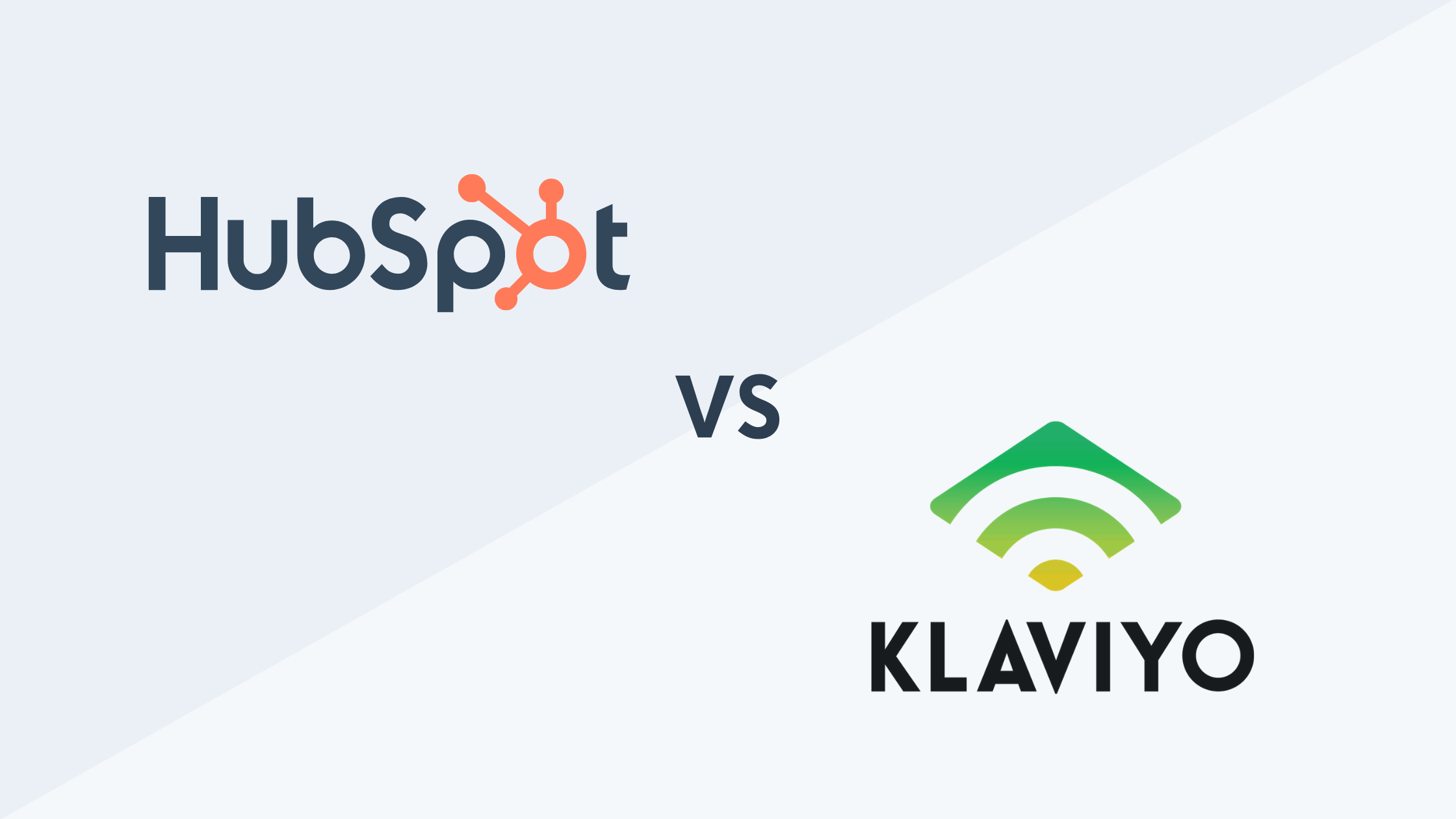What's your Unique Value Proposition (UVP)?
When someone first asks you what the product/service is that your company sells, you are ready to explain it to them. But is your website? No matter...
I know what I am looking for, and would like to chat.
A team of data-driven marketers obsessed with generating revenue for our clients.
Because the proof is in the pudding.
At Campaign Creators we live by three principles: Autonomy, Mastery, Purpose.

Possessing a thorough knowledge of your competition is the key to staying ahead of your competitors, and a competitive analysis is exactly how you'll manage and maintain your competitive position.
A competitive analysis is a way to identify competitors, and understand competitor's strengths and weaknesses in relation to yours. It helps you gauge how to curb competitors and refine your strategy.
Conducting a competitive analysis is important because you’ll build:
Before you can start your analysis, or begin collecting information, you must first determine who your competitors are.
To evaluate whether a business is your competitor, start by asking:
There are several markets where it is relatively easy to name every competitor, so it’s recommended you do so if possible.
If you are selling in a market with dozens of competitors, it is unrealistic to collect and maintain information on each one. In this case, it would be inefficient to analyze every single one of your competitors. Save yourself time by using the 80/20 rule.
Hiring a marketing research firm isn’t necessary when most of your competitor’s information is readily available.
Before you begin seeking out your sources, keep in mind the information you are looking for so you can allocate your time as effectively as possible. To begin, ask yourself the following questions regarding your competitors:
Next, ask yourself the following questions about your company in comparison to your competitors:
Secondary sources are information developed for a specific purpose, but later made available for public access and alternative uses—like sizing up your competition! I elaborate on these resources in the video above, but a few examples of great secondary sources are:
Once you know who your competitors are, what you need to know about them, and where to find that information, it’s time to conduct your analysis.
Identifying your competitor’s objectives and strategies will provide you with viable strategy ideas to try on your target market.
First, ask the following questions to help you identify your competitor’s objects. Are your competitors trying to:
Once you have identified what your competitors are trying to achieve, you will need to determine what type of strategy they have employed so you can eventually counteract with a strategy of your own. Some possible strategies are:
Once you’ve gathered all your competitor’s data, it’s analysis time.
Start by making a list of product features and benefits in order of importance, and prepare a table to show whether or not each of your competitors fulfill them. Indicate with a check mark which of your competitors has which features and benefits. Features are fairly straightforward, either a product has it or it doesn’t. Benefits, on the other hand, are not as simple and should only be recorded based on customer feedback.
Now, use this table to evaluate your competition’s product or service. Ask yourself, How does your product compare to your closest competitors? What features and benefits are unique to your product? To theirs? The more unique features and benefits your product has, the stronger your market position will be.
The most widely used measure of sales performance is market share. A competitor may not provide the best product or service; however, if they generate a significant amount of sales to the market, they may:
To determine your company’s market share on a percentage basis, the following formula should be used:
Current Market Share = Company Sales / Industry Sales
You should then compute each of your competitors’ market shares.
Customer preference is only part of the analysis. Consider other important factors such as:
By now it should be fairly clear to you if you are a market leader, one of several followers, or new to your marketplace. Once you have identified and analyzed your competition, and understand your competitive position, you are ready to do the following:
But remember, no matter what your market position may be, implementing a strong online lead generation strategy will benefit you and your company greatly. To get started with lead generation today, download your comprehensive ECommerce Marketing: Introduction to Lead Generation Guide today.

When someone first asks you what the product/service is that your company sells, you are ready to explain it to them. But is your website? No matter...

The competition is high for email marketing software due to countless companies entering the playing field each year. As HubSpot continues to...

1 min read
Does Video Really Improve Conversion Rates? Quite a few marketers rant and rave about the importance of video in a modern day marketing strategy--...